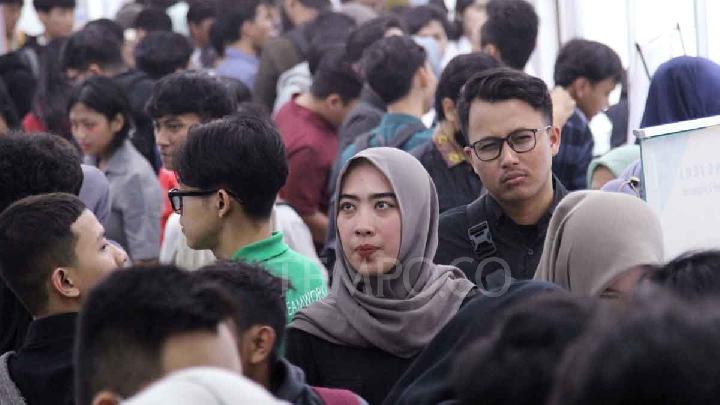TEMPO.CO, Jakarta – Indonesia’s unemployment rate was projected to be the second highest in Asia after China in 2025, according to a report released by the International Monetary Fund (IMF) in April 2025. Furthermore, the IMF predicted a slight increase in Indonesia’s unemployment rate to 5.1 percent in 2026.
The IMF’s data aligns closely with figures from the Central Statistics Agency (BPS), which reported an increase in the number of unemployed individuals in Indonesia as of February 2025. Amalia Adininggar Widyasanti, head of BPS, stated at a press conference at the BPS office in Central Jakarta on Monday, May 5, 2025, that the number of unemployed reached 7.28 million people.
“Out of the labor force, not all are absorbed into the labor market, resulting in a number of people being unemployed to 7.28 million people,” Amalia explained.
This figure represents an increase of approximately 1.11 percent, or 0.08 million people, compared to February 2024. In February 2025, the number of unemployed in the labor force was around 83,000.
Syafruddin Karimi, an economist and lecturer at the Department of Economics, Andalas University, attributed the projected increase in unemployment to the national economic structure’s inability to optimally absorb labor, “especially from labor-intensive sectors,” he commented on Thursday, May 22, 2025.
According to Syafruddin, many Indonesian industrial sectors, such as textiles and shoes, are facing significant pressure due to weak global demand, fluctuating raw material prices, and high logistics costs. Additionally, he explained that the ongoing technological transformation has not been accompanied by a corresponding increase in workforce skills.
This situation has led to a mismatch between industry needs and the capabilities of the available labor force. “In contrast, China has managed to maintain its unemployment rate at around 5.1 percent because of its fiscal policy focus on stabilizing domestic consumption and supporting manufacturing,” he noted.
Syafruddin emphasized that Indonesia needs to reorganize its industrialization policy to ensure that job creation keeps pace with the growth of the productive sector. Without concrete steps, the unemployment rate is expected to continue rising, even if the Gross Domestic Product (GDP) experiences growth.
Annisa Febiola and Ilona Estherina also contributed to the writing of this article.
Editor’s Choice: IMF Explains Why Indonesia Ranks Second in Unemployment Across Asia
Click here to get the latest news updates from Tempo on Google News
